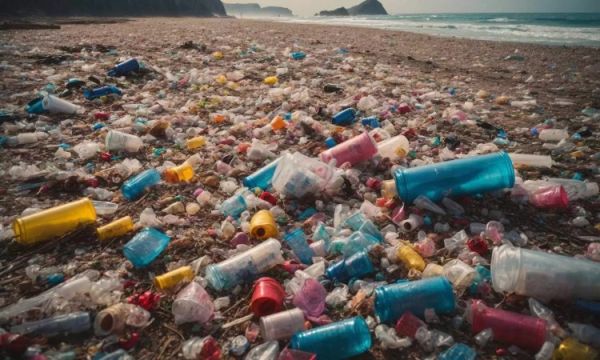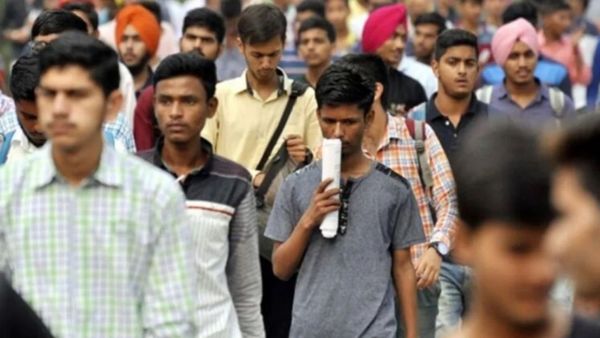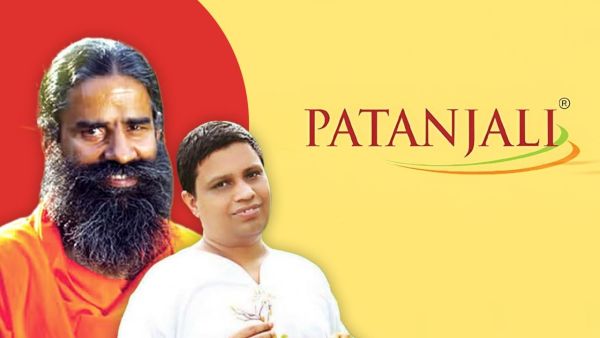After purchasing things at a vegetable store, you ask the clerk for a bag in passing. The merchant offers you a plastic bag without thinking twice. And with that, you unintentionally or intentionally contribute to environmental damage. Plastic is present everywhere, from the bag you use to transport your veggies to the wrappings you use for your chocolates and chips.

India was forced to take a drastic and essential move to address this worrying problem since it is the world’s fifth-largest producer of plastic garbage. India outlawed a number of single-use plastic products in July 2022, including packaging, straws, and plastic cutlery. The goal of this single-use plastics ban was to address the escalating problem of plastic pollution that is strangling our rivers, towns, and seas. The primary concern is still whether India’s ban on single-use plastics is working, even if this restriction was a much-needed beginning. And why is it that India is having trouble coming up with a substitute for single-use plastic?
The Ban: An Important Step, But a Challenging Journey
Approximately 3.5 million tons of plastic garbage are produced annually in India. Single-use plastics, which often block drains, contaminate waterways, or choke animals, are mostly to blame for this. In addition to being unsightly, these plastics degrade into microplastics that get into our food and water, having detrimental effects on the environment and raising health issues.
The government’s audacious action was unquestionably a positive step. The restriction is a component of a larger plan to encourage cleaner practices and lessen pollution under India’s environmental policies. The trip has not been easy, despite the ban’s initial lofty objectives.
What is the reality, then?
Plastic bags and packaging are still used everywhere, even in restaurants and local markets, even after the prohibition. Despite the fact that it is illegal, manufacturers, dealers, and merchants have succeeded in bringing it back to the market, and individuals are once again using it. Why is that? And for this, who is at fault? The solution is a complex combination of issues, including low public awareness, a dearth of alternatives made without plastic, and lax enforcement of laws.
Following the prohibition on single-use plastic, manufacturers began searching for more environmentally acceptable alternatives. Even though they were able to locate such environmentally beneficial substitutes, there was still one issue: the price. Many small companies claim that they cannot afford pricey paper bags or eco-friendly packaging. Others assert that they are unable to transition to sustainable choices due to inadequate supply networks.
Even when there are substitutes, they are often neither affordable nor long-lasting. Have you ever used a paper straw to sip a thick milkshake? You’ll see the issue immediately.
Is Recycling Really That Simple?
Recycling may seem like an easy fix, isn’t it? However, it’s not that simple. Only over 60% of India’s plastic garbage is recycled. The remainder winds up in the environment or landfills. The absence of adequate urban waste management systems is a major contributing factor. Furthermore, the majority of single-use plastics cannot be recycled. Multilayered packaging, thin plastic sheets, and wrappers often end up in the garbage. This is where innovative packaging and superior plastic substitutes may have a significant impact.
The circular economy is a great way to save the environment. Simply said, the circular economy is a system of economics that emphasizes resource reuse and waste reduction. When it comes to plastics, this entails minimizing needless packaging and creating items that are recyclable or reusable.
With the implementation of Extended Producer Responsibility (EPR), India has begun to take this approach. This implies that businesses are now in charge of collecting and handling the plastic garbage they produce. Implementation is still uneven, nevertheless, particularly for small and medium-sized enterprises.
How can a ban on single-use plastics be made to work?
Increased adherence to government regulations
Encouragement of small companies to switch to plastic
Improved availability of technologies for recycling plastic
Sustained expenditure on public awareness initiatives
Efficient waste segregation systems
Implementing a ban on single-use plastics may sound challenging, but it is not impossible. India is still having difficulties despite its efforts. Making our nation plastic-free is not simply the government’s responsibility; everyone must be aware of the harm that plastic usage may bring.
Plastic-free India will become a reality with improved infrastructure, more educated citizens, and stricter government regulations.









